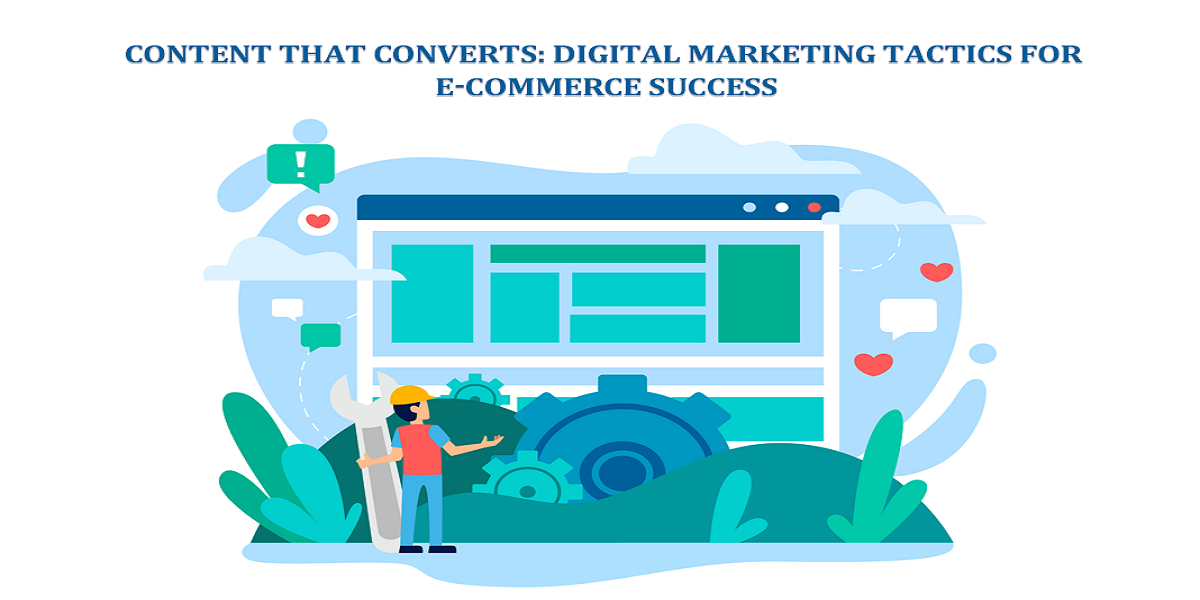
How to Measure Social Media ROI?
- By Debora John
- 20-07-2022
- Social Media
What is the main part of a marketer’s job? Gauging the performance of several campaigns along with other things. Marketing is all about analyzing and measuring results. A business should know how its marketing strategies are impacting its bottom line.
Sadly, a lot of online brands are doing social media marketing without measuring their revenues. They have no idea how their marketing efforts are affecting their businesses. We think that it's not their mistake.
Measuring the return on your social media investment isn't a piece of cake. It becomes especially difficult when it comes to organic social media marketing. And also, if your tactic overall doesn't link directly to certain CTAs or attribution URLs. Measuring ROI is challenging even when dealing with paid social — excluding direct-to-consumer and e-commerce.
Social Media ROI Defined
Return on investment is rooted in business finance. Companies utilize ROI to measure the return (in dollars and cents) on an investment (in dollars and cents).
Social media ROI refers to the value provided by your social media campaigns divided by the money invested. It is the value you receive from the time, money, and energy you invest in social media marketing.
Here is the fundamental way of calculating social media ROI.
Profit/ money invested multiplied by 100 = Percentage of social media ROI
Profit: The money made by social media advertising
Investment: The total amount of money you invested in social media campaigns
Organizations can easily measure revenue for social media marketing activities and projects that could be credited to profits. An example is PPC ads for online stores’ products.
This process becomes challenging when it comes to social media activities that provide fewer concrete benefits. In such cases, you need to calculate revenue first by non-quantifiable metrics. These can include the number of users who signed up for a newsletter, an increase in the following, and more.
Unsurprisingly, according to Statista, 34 percent of marketing professionals said they were unsure about their capability to calculate the return on investment on their social media campaigns.
Setting Goals for Social Media Campaigns
It depends on the aims of your company and the metrics you prefer. For some businesses, brand awareness is the main objective. And for some, getting more leads or sales is the priority.
Figure out the goals of your social media activities and use them to select your ROI metrics. Here are some social media objectives brands normally choose that depend on their major aims.
Click-through rates
New followers
More leads via lead forms
Conversions
Downloaded material like white paper or eBook
Important Metrics to Measure Social Media ROI
Here are some common metrics to gauge social media ROI.
Engagement
It is among the most useful and widely used metrics. It means how users are engaging with your social media posts and business.
According to Altimeter Research, 36% of content executives employ engagement as a performance metric. The engagement metrics are shares, clicks, likes, and brand mentions.
Reach
Reach refers to the number of users who view and interact with your content on social media sites. It also includes who are those users and how many of them share your content.
It measures the extent to which your social content is spread and viewed. It is harder to calculate than engagement because it just looks at the number of users who viewed your content. Nevertheless, it is a valuable metric.
Leads
Social media marketing is ideal for gathering more leads. But, brands should know which platforms gather leads and what post provides those leads.
To measure ROI, businesses would need to link their social media campaigns to activity. Therefore, knowing the number of leads you obtained from social networks is important to measure performance.
Conversions
A convenient way to measure conversions is to apply UTM parameters to the URLs. Then, you would be able to monitor clicks by platform and campaign.
Allocating Money Values to Calculate Social Media ROI
You can use historical data to designate monetary values to measure the ROI. Historical data allows you to work out LV or Lifetime Value. Suppose, a company has an average LV of 100 dollars. It means that one in ten viewers of their post converts into a customer.
Therefore, the cost of conversion is 10 dollars.
Another method to calculate money values is to estimate. It's not a more trustworthy method. But, if someone doesn't have past data then this is an ideal option for them.
See the amount of the average sale via your website or your pay-per-click budget for social media ad conversions. Use it to figure out a believable value.
Calculating Social Media Spend
You need to calculate social media spending to calculate social revenue. Social media spending means the amount of money you invest in developing and running campaigns. Social media spend can be:
Your time as a business owner or time of marketer: Creating campaigns asks for a lot of time, therefore, consider the time spent on social sites
Social advert spending: Marketers who implement paid ad campaigns should consider their monthly or weekly budget
Tools: Include any software you have to purchase and pay regular fees.
Post creation: Consider the money spent on content creation
Third-party companies: If you take services of an external agency for copywriting or video content creation, then account for the money you pay them
Suitable Tools That Help in Quantifying Social Media ROI
Here is what you need to attribute and measure social media return on investment.
Facebook Ads
Facebook adverts offer Facebook pixels. Facebook pixel gives important breakdowns of visitors, attribution, and conversion information for pay-per-click ads.
Google Analytics
Google analytics provides UTM parameters. They enable you to establish and personalize an attribution system that is perfect for your strategy.
Ads Benchmarks
Ads benchmarks allow you to figure out fluctuation patterns of the ROI of Facebook ads daily across industries and countries. This gives you a precise measurement of the return on investment of your social media.
Monitoring ROI for Social Media
Now that you have figured out an objective or objectives for your social campaigns, you need to develop a system for keeping an eye on your revenue. The best method to do that is to create a goal in GA (Google Analytics).
Pick a platform like Ahrefs or Buffer to monitor other measures such as shares, likes, and brand mentions. Note that Google has announced that Google Analytics 4 will substitute Universal Analytics by 2023. Marketers should switch to Google Analytics 4 and modify their campaigns according to it.
Paid socials include cost per click (CPC), click-through rate (CTR), and others. It's important to track your social ROI in terms of the market. It helps you to spot and adopt larger trends in regards to metrics such as CPC and CTR.
Change is the only constant in the social media world. Time-bound campaigns, new competitors, and algorithm changes affect your ROI. Keeping tabs on how your paid revenue is fluctuating in correlation with the industry is crucial. It helps you to develop and maintain a powerful social media advertising strategy.
Conclusion
Calculating the ROI of paid social campaigns is perhaps more like a precise science than organic social media marketing efforts.
Still, it's essential to have the capability of evaluating the worth of your online presence on social networks for all kinds of campaigns.
Social media marketing has groomed a lot. Now, it stands at a place where figuring its ROI is a crucial part of any marketer’s daily agenda.
In the past, organizations only needed to make social media accounts on all important channels and that was considered enough. But now companies are utilizing social media in new ways. These ways are helping them to grow exponentially.
Recent blog

How NASA Uses Web Design to Optimize User Experience in Space Control
Web Design | 03-05-2024
Content that Converts: Digital Marketing Tactics for E-Commerce Success
E-commerce | 02-05-2024.png)




